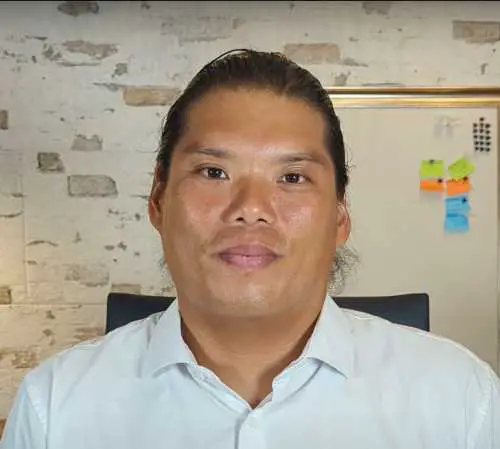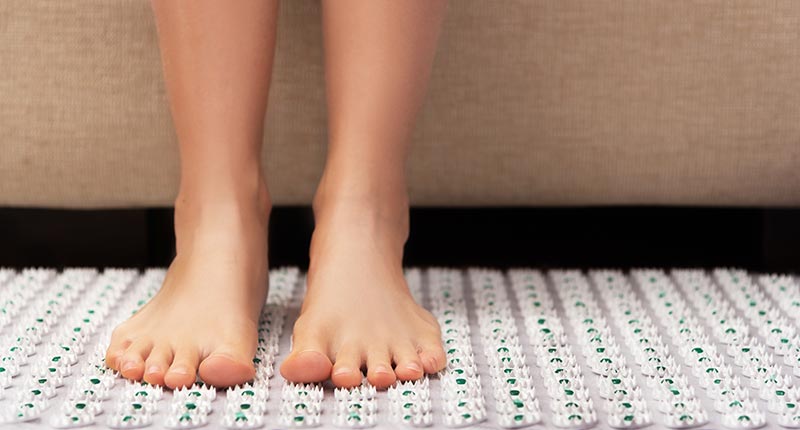Acupressure, known for its efficacy in addressing various health issues, can be particularly beneficial for those experiencing balance problems. This article focuses on acupressure points for balance problems, offering practical advice for those seeking natural remedies. For a broader understanding of acupressure’s role in treating vertigo, refer to our comprehensive guide on acupressure points for vertigo.
Key Acupressure Points for Balance
Dr. Gene Wei, a TCM expert, suggests specific acupressure points to help with balance issues:
- GV16 (Fengfu): Located at the base of the skull.
- GV20 (Baihui): At the top of the head.
- GB20 (Fengchi): At the base of the skull near the neck.
- GB12 (Wangu): Behind the ear.
- Sishencong: A group of four points surrounding GV20 on the top of the head.

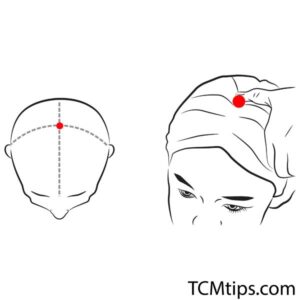
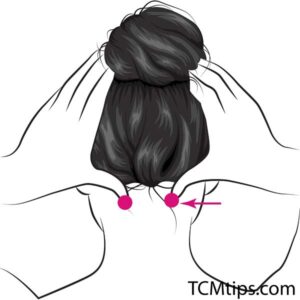
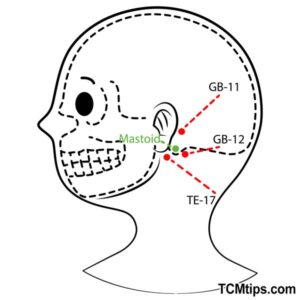

How to Stimulate These Points
Effective stimulation involves:
- Ensuring Safety: Practice in a place where falling won’t cause harm.
- Applying Pressure: Firmly press each point, balancing discomfort with tolerability.
- Timing: Spend 10-15 seconds on each point, followed by a 30-second break before moving to the next.
- Repeating: Cycle through all points 2 or 3 times.
Tips and Precautions
Dr. Wei emphasizes:
- Medical Clearance: Verify that balance issues do not indicate a more serious health condition.
- Creating a Safe Environment: Choose a secure area for practice.
- Pain Threshold: Acupressure should be firm but not excessively painful.
- Consistency: Regular practice yields better results.
Following these guidelines, you can effectively use acupressure to improve balance, enhancing stability and quality of life.
 P. Sze
P. Sze 
